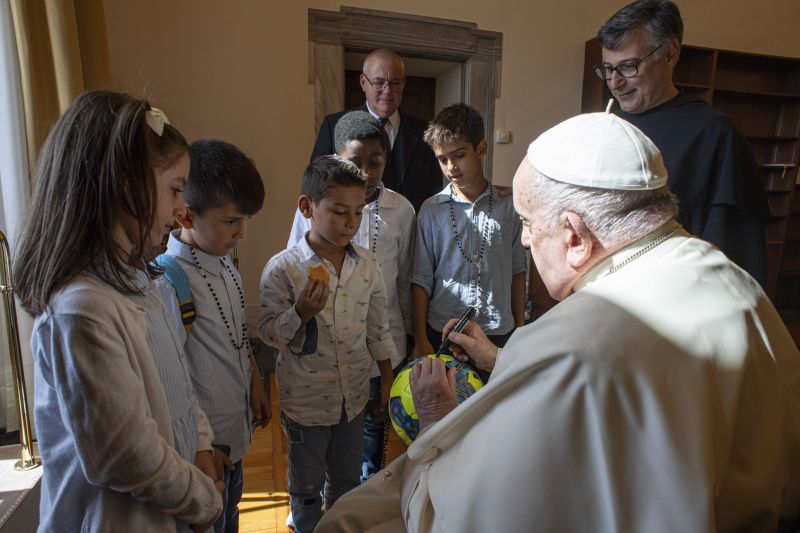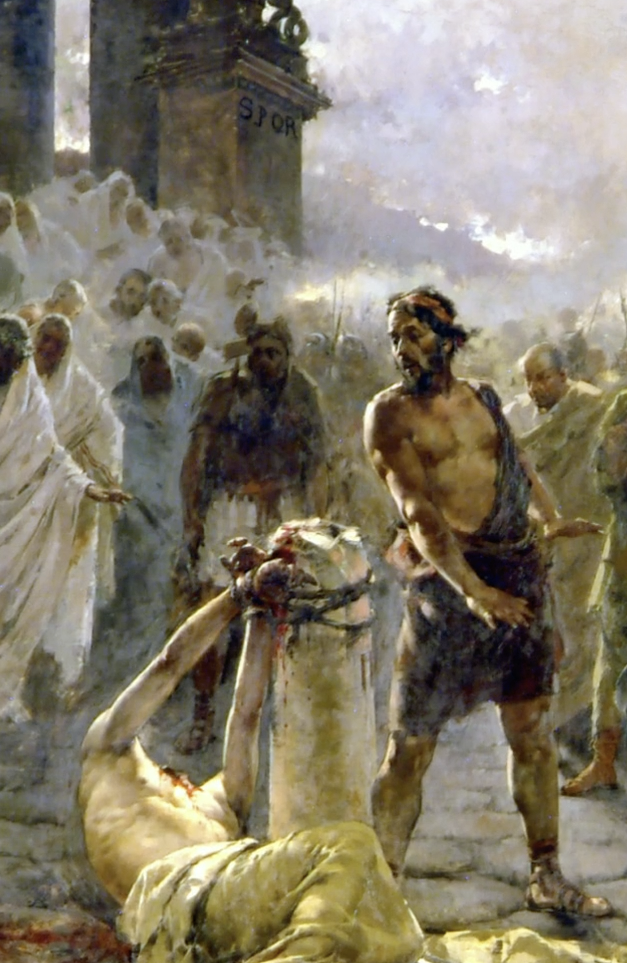Have you ever wondered if there is a way to validate that the image on the Shroud of Turin is Jesus?
Professor of Mathematical Physics at the University of Turin and vice president of the Brotherhood of Holy Shroud Bruno Barberis provides seven reasons that shed light on this topic.
Barberis is certain the figure of the Man on the Shroud is Jesus of Nazareth. He explained the reasons at the International Congress on Science and Faith in the Shroud: “Who is the man of the Shroud according to science?”
1. Wrapped in a Sheet
Both Jesus and the Man on the shroud were wrapped in a sheet after death, which was very rare in antiquity, especially in the case of crucifixion. In fact, the corpse was often left to wild animals or buried in mass graves.
2. Crown of Thorns
Both wore a crown of thorns on their heads. This fact is truly exceptional. No historical document describes this custom.
3. Transporting the Cross
Like Jesus, the man of the Shroud carried a heavy object on his shoulders, which can only be the cross on which he was nailed. The condemned carrying the gallows was not performed at all crucifixions, as they occasionally used trees or crosses.
4. The Use of Nails
Both the Jesus and the Man of the Shroud were nailed to a cross. This method seems to have been reserved for official crucifixions, while in most cases, the condemned were fixed to the cross with ropes.
5. Unbroken Legs
Both were injured in the side after death, with unbroken legs. This is unique, as breaking the legs of the crucified to hasten death was more common.
6. No Washing or Anointing
Both were wrapped in the funerary shroud immediately after being taken down from the cross, without any washing or anointing taking place.
Instead, normal burial customs included washing the body and anointing it with aromatic oils before wrapping it in the cloth.
In Jesus’ case, we know that he was wrapped in a sheet and placed in a tomb immediately after he was taken down from the cross. They were required to complete this operation before nightfall, when the Jewish Passover began, during which they could not perform manual labor. Women carried out the final burial two days later.
7. Remained in the sheet for a short time
Both remained in the sheet for a short amount of time.
In the case of the Man of the Shroud, to obtain the image we see, it was necessary for the corpse to remain on the sheet for a few hours, but no more than two or three days. The decomposition process would have destroyed the image and left simple stains on the fabric, which Shroud does not depict.
Similarly, Jesus was wrapped in a sheet after being taken down from the cross and remained wrapped for no more than 40 hours.
“The probability that these seven events occurred simultaneously in another man who underwent the torture of crucifixion is one in 20 billion […]. In other words, out of 20 billion possible crucified people, only one could have possessed the seven characteristics that we have considered, common to the man of the Shroud and to Jesus. As is evident in the history of humanity, there could not have been 20 billion crucifixes, and at most, a few hundred thousand or a few million,” underlined Barberis.
“The calculation carried out allows us to conclude that the probability that a crucified person with these characteristics is unique is very high and that therefore the Man of the Shroud is Jesus of Nazareth.”











